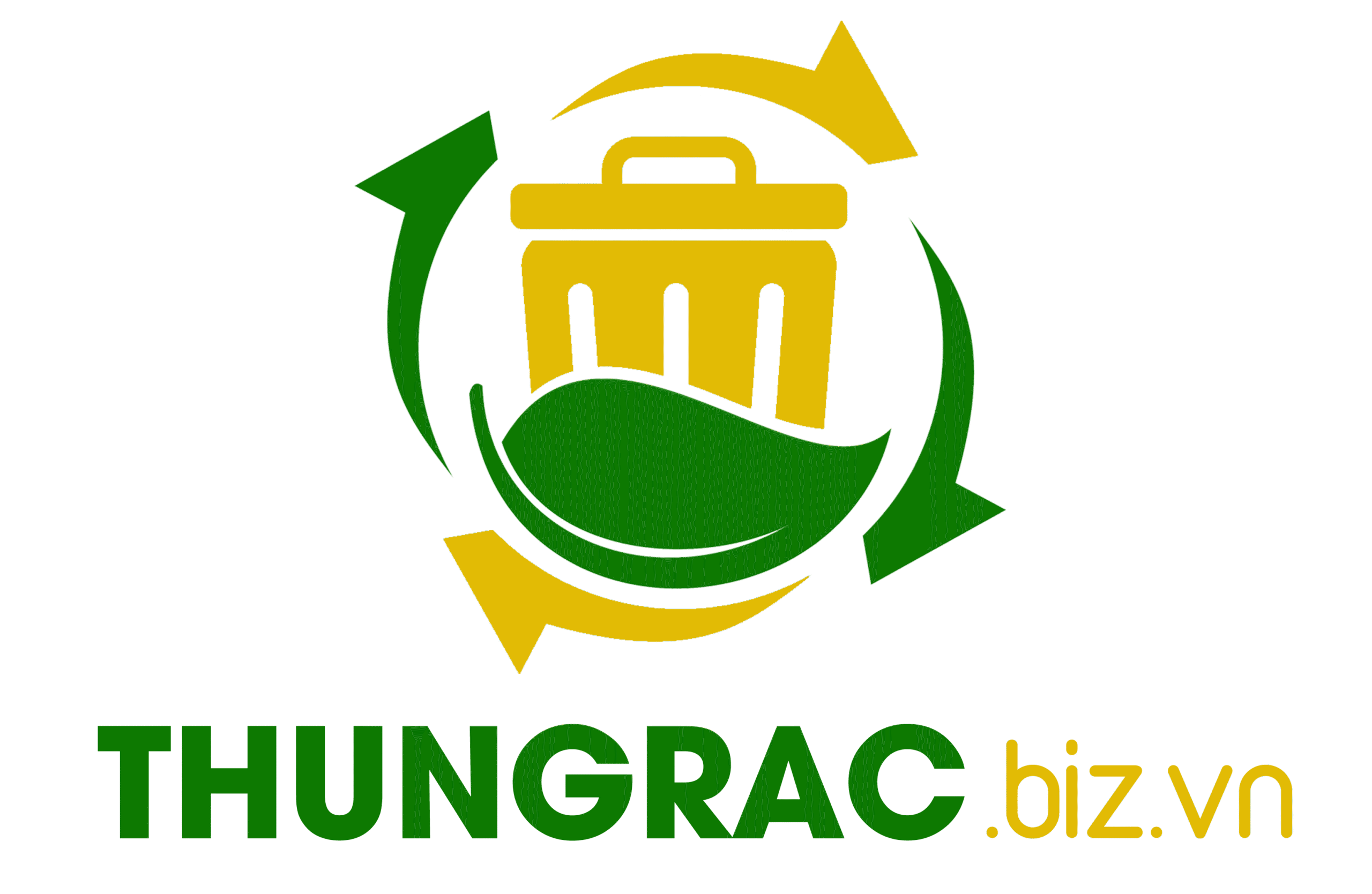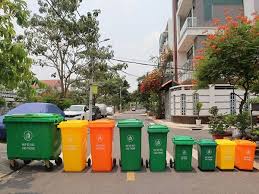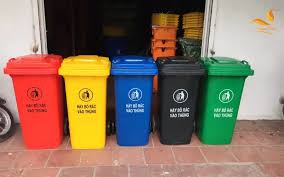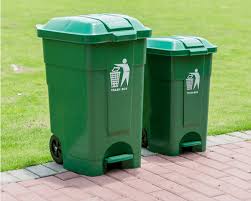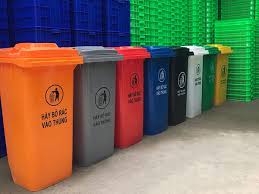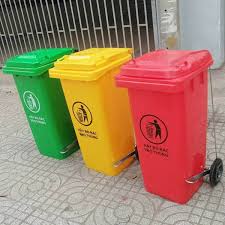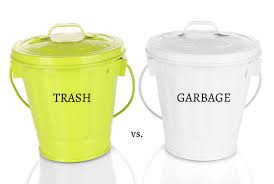1 Thùng rác nhựa tiếng Anh ?
Thùng rác nhựa” trong tiếng Anh thường được gọi là plastic trash can, plastic bin, hoặc plastic bucket. Tuy nhiên, tên gọi cụ thể sẽ phụ thuộc vào kích thước và mục đích sử dụng, chẳng hạn như plastic crate (sọt nhựa công nghiệp), recycling bin (thùng rác tái chế bằng nhựa), hay waste bin (thùng rác nói chung).
Các thuật ngữ phổ biến:
Plastic trash can/bin:
Đây là cách gọi chung và phổ biến nhất cho thùng rác nhựa.
Plastic bucket:
Thường dùng để chỉ thùng nhựa có tay cầm, dùng để đựng các vật dụng nhỏ hoặc chất lỏng, ví dụ như xô nhựa.
Plastic crate:
Dùng để chỉ các loại sọt nhựa có cấu trúc hở, dùng để đựng và vận chuyển hàng hóa, trái cây, v.v. trong ngành công nghiệp.
Recycling bin:
Nếu thùng rác nhựa được thiết kế để phân loại và tái chế rác, nó được gọi là thùng rác tái chế.
Lưu ý khi sử dụng:
Plastic trash can: hoặc plastic bin là những lựa chọn an toàn và dễ hiểu nhất.
Sử dụng plastic crate khi nói về các loại sọt nhựa công nghiệp.
Sử dụng recycling bin khi thùng rác đó dành riêng cho việc tái chế.
Applications of plastic trash cans :
Plastic trash cans are widely used in collecting and classifying household, industrial, medical and office waste in public areas such as parks, schools, hospitals, and residential areas, as well as in family and business environments, helping to protect the environment and maintain hygiene.
Applications by field:
Public areas:
Parks, playgrounds, schools, bus stations, shopping centers: Collect household waste, maintain environmental hygiene and clean landscapes.
Residential areas: Help people easily access and dispose of waste in the right place, contributing to the public waste collection system.
Industrial and commercial areas:
Factories, workshops, warehouses: Collect production waste, industrial waste in large quantities.
Restaurants, hotels, supermarkets: Process food waste and packaging, ensuring hygiene and a clean environment for customers. Working environment:
Office, company: Helps employees collect and manage daily waste, keeping the working space tidy and clean.
Medical facilities:
Hospitals, clinics, kindergartens: Collect and safely dispose of hazardous medical waste such as cotton, bandages, needles, adhesive tape.
Family:
Indoors, kitchen, bathroom: Collect household waste, prevent odors and ensure hygiene for living spaces.
Role and benefits:
Garbage collection and classification:
Helps collect waste more easily and effectively, especially in classifying waste at the source.
Environmental protection:
Contributes to reducing the amount of waste released into the environment, keeping the landscape clean and beautiful.
Enhance hygiene:
The closed lid helps prevent odors, prevent flies and insects from entering and ensures general hygiene.
Increase public awareness:
Helps raise public awareness of maintaining public hygiene and waste classification.
Save costs and time:
Durable design, easy to clean and with wheels helps save time and effort in collecting and managing waste.
